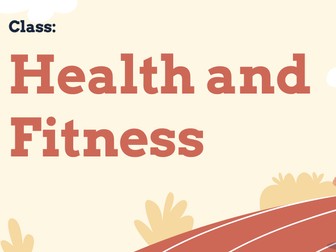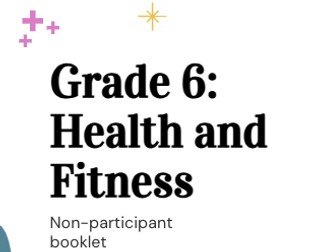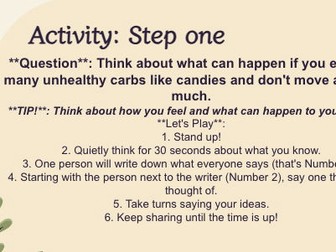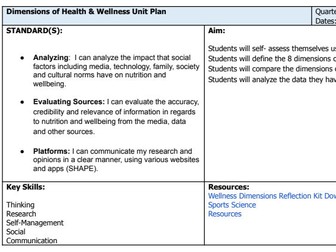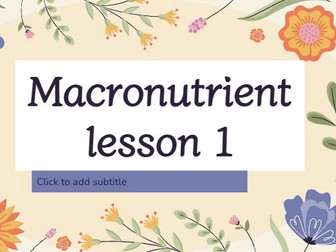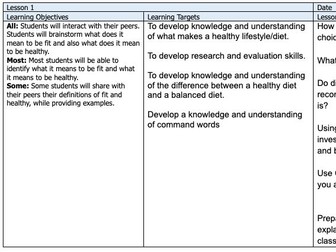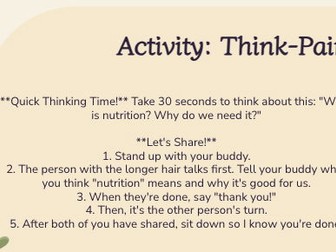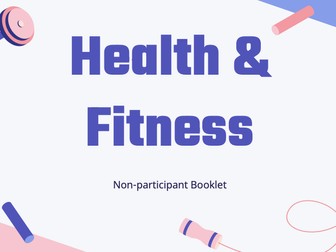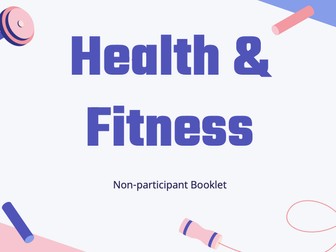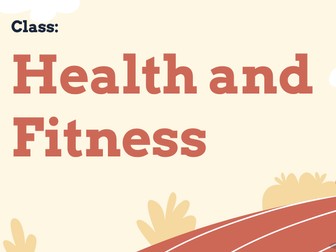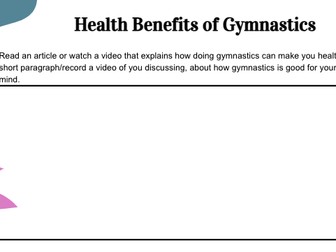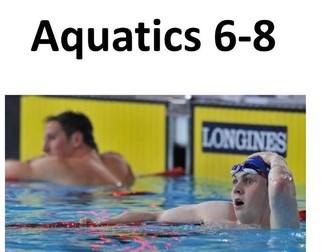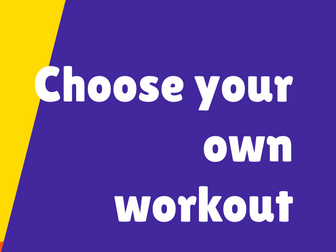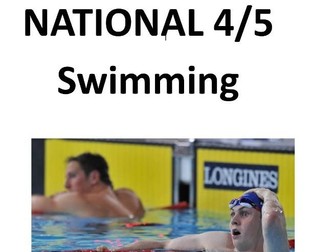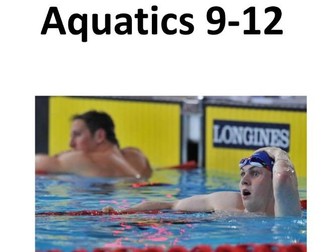Grade 8 Health and Fitness Booklet
<p>A booklet containing research tasks on health and fitness can be an effective educational tool for Grade 8 students, serving several key purposes:</p>
<ol>
<li>
<p><strong>Enhancing Knowledge and Understanding</strong>: The booklet covers a wide range of topics related to health and fitness. By researching these areas, students gain a comprehensive understanding of how different aspects of health and fitness interconnect and influence their overall well-being.</p>
</li>
<li>
<p><strong>Developing Approaches to Learning (ATL) Skills</strong>: Research tasks in the booklet promote ATL skills, which are critical for lifelong learning. These include:</p>
<ul>
<li><strong>Research Skills</strong>: Learning how to gather information from reliable sources, analyze data, and synthesize findings.</li>
<li><strong>Self-Management Skills</strong>: Managing time and resources effectively while planning and executing research.</li>
<li><strong>Communication Skills</strong>: Articulating ideas clearly and coherently in written form, and possibly sharing findings through presentations.</li>
<li><strong>Thinking Skills</strong>: Engaging in critical thinking and problem-solving to understand complex concepts and make informed decisions.</li>
</ul>
</li>
<li>
<p><strong>Encouraging Personal Engagement and Autonomy</strong>: Allowing students to choose their research topics or the type of workouts to focus on can increase engagement and motivation. This personalization makes the learning experience more relevant and interesting to each student.</p>
</li>
<li>
<p><strong>Goal Setting and Planning</strong>: The booklet can guide students on how to set realistic and achievable fitness goals. This process teaches students how to plan effectively, anticipate potential challenges, and devise strategies to overcome them. Goal setting in fitness helps students see tangible progress and fosters a sense of accomplishment.</p>
</li>
<li>
<p><strong>Practical Application</strong>: By incorporating tasks that require students to plan and track their workouts, students can apply their theoretical knowledge in practical settings. This hands-on experience is vital for understanding the real-world implications of health and fitness concepts.</p>
</li>
<li>
<p><strong>Reflection</strong>: The booklet can prompt students to reflect on their learning and fitness progress, encouraging them to consider how their understanding has evolved and how they can continue to improve their health and fitness levels.</p>
</li>
</ol>
<p>By integrating these elements, a research booklet tailored for Grade 8 students not only broadens their knowledge but also enhances their skills in managing personal health and fitness, preparing them for healthier lifestyles.</p>
